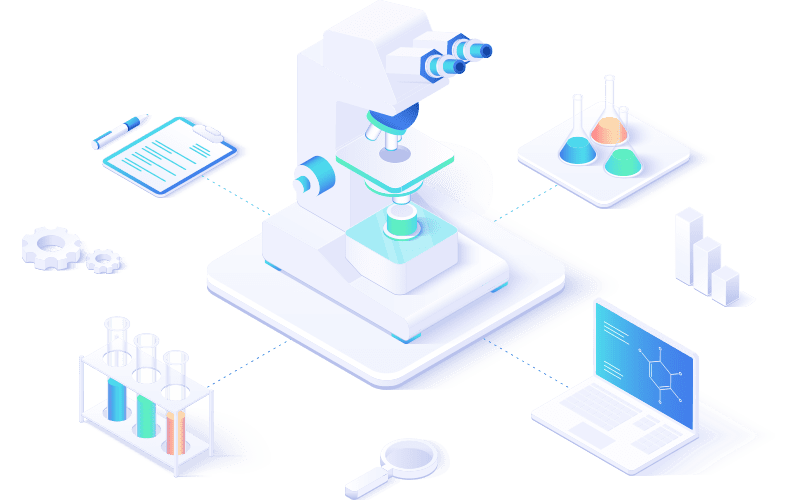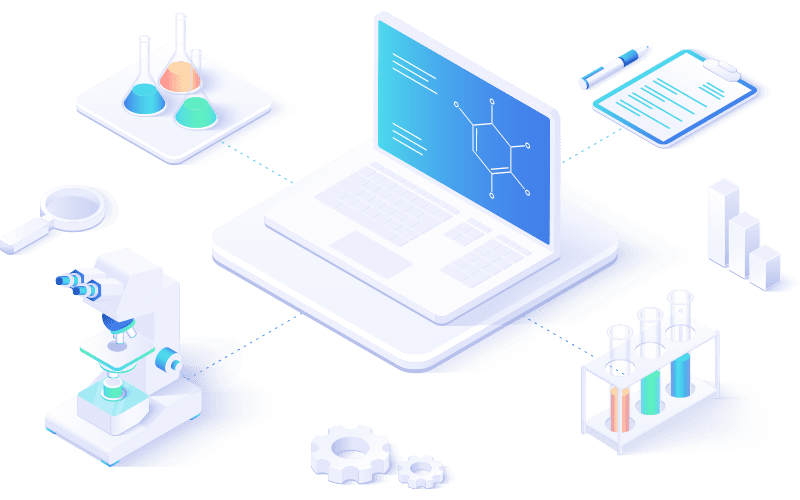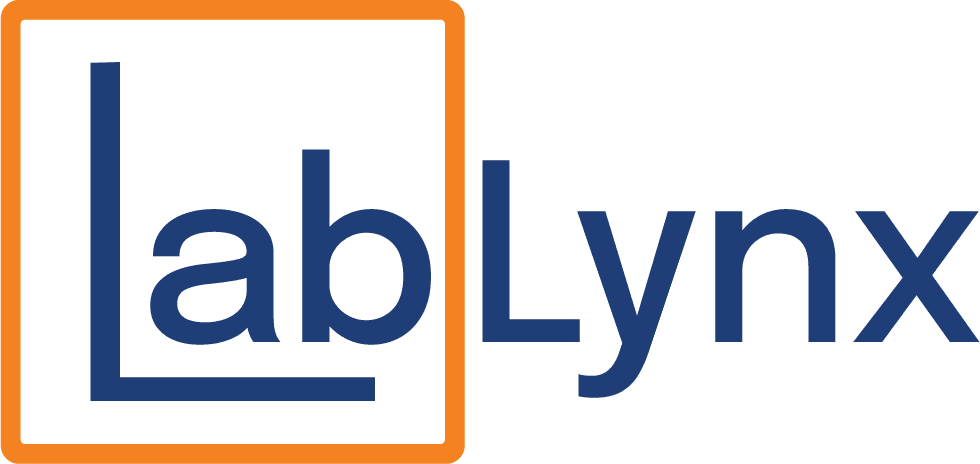
Animal feed quality control testing is a critical component of global food safety and agricultural productivity. The quality of animal feed directly impacts livestock health, growth rates, and productivity, and ultimately influences the safety and nutritional value of the meat, dairy, eggs, and other products consumed by people.
Contaminated or nutritionally imbalanced feed can lead to disease outbreaks, reduced production yields, and public health risks. With increasing regulatory scrutiny and consumer demand for transparency, robust testing protocols are essential for ensuring that animal feed meets safety and nutritional standards at every step in the supply chain.
The Role of Feed Quality in the Food Chain
Animal feed is more than just a dietary component for livestock; it is the foundation of the food chain. The nutrients, additives, and ingredients in feed influence:
- Animal Growth and Productivity — Proper feed composition supports weight gain, milk yield, egg production, and reproductive health.
- Product Safety — Feed free of contaminants helps prevent the transmission of harmful substances into meat, dairy, and eggs.
- Economic Efficiency — Balanced nutrition reduces feed waste, improves feed conversion ratios, and supports profitability.
When feed quality fails, the effects ripple through the supply chain, affecting farmers, processors, retailers, and consumers.
Key Objectives of Animal Feed Quality Control Testing
Comprehensive quality control testing helps ensure feed is:
- Safe from Contaminants — Detects mycotoxins, pesticides, heavy metals, and pathogenic microorganisms.
- Nutritionally Adequate — Confirms protein, fiber, fat, vitamins, and minerals meet dietary requirements for specific species and life stages.
- Consistent in Quality — Verifies that manufacturing processes produce uniform batches that meet targets.
- Compliant with Regulations — Aligns with local and international feed safety standards such as FDA rules, EU Feed Hygiene Regulation, and Codex Alimentarius.
Common Hazards in Animal Feed
Biological Hazards
- Pathogens: Salmonella, Escherichia coli, Listeria monocytogenes.
- Fungi and Molds: Producers of mycotoxins that compromise animal health and product safety.
Chemical Hazards
- Heavy Metals: Lead, arsenic, mercury, cadmium.
- Pesticide and Herbicide Residues: Carryover from crop-based ingredients.
- Dioxins and PCBs: Environmental contaminants that can bioaccumulate.
Physical Hazards
- Foreign Matter: Glass, metal fragments, plastic.
- Processing Residues: Particles from equipment wear and tear.
Identifying and eliminating these hazards at the feed stage helps prevent contamination from entering the human food supply.
Core Testing Parameters for Animal Feed Quality Control
- Proximate Analysis — Moisture, crude protein, crude fat, crude fiber, ash content, and nitrogen-free extract.
- Amino Acid Profile — Verification of essential amino acids such as lysine and methionine.
- Fatty Acid Composition — Evaluation of omega-3 and omega-6 ratios where relevant.
- Vitamin and Mineral Content — Confirmation of adequate micronutrient levels for species-specific needs.
- Mycotoxin Testing — Detection of aflatoxins, fumonisins, ochratoxin A, zearalenone, and others.
- Microbiological Testing — Screening for pathogenic bacteria and molds.
- Heavy Metal Analysis — Screening for toxic metals in raw materials and finished feed.
Regulatory and Industry Standards
- United States: FDA Center for Veterinary Medicine and FSMA Preventive Controls for Animal Food.
- European Union: Regulation (EC) No 183/2005 on feed hygiene and Directive 2002/32/EC on undesirable substances.
- International: Codex Alimentarius and ISO 22000 for food safety management systems.
- Industry Programs: GMP+ International and Safe Feed/Safe Food certification.
Adhering to these standards supports legal compliance, market access, and brand trust.
The Role of Laboratory Software in Feed Quality Control
Modern laboratory software solutions, including Laboratory Information Management Systems and Electronic Laboratory Notebooks, improve feed testing workflows by:
- Automating Data Capture and Reporting — Reducing manual entry errors and accelerating result delivery.
- Ensuring Regulatory Compliance — Maintaining secure audit trails, validation records, and method traceability.
- Integrating with Instruments — Importing test data directly from analytical equipment to shorten turnaround time.
- Centralizing Data Access — Providing a single source of truth for multi-location operations.
- Supporting Predictive Analytics — Using historical trends to anticipate and prevent quality issues.
Digitizing feed quality control enables higher testing throughput, better accuracy, and faster responses to potential contamination events.
Best Practices for Effective Animal Feed Quality Control Testing
- Implement a HARPC Plan — Conduct hazard analysis and establish risk-based preventive controls.
- Adopt Regular Sampling Schedules — Test raw materials, in-process samples, and finished products.
- Use Accredited Methods — Follow AOAC, ISO, or equivalent validated procedures.
- Invest in Staff Training — Ensure personnel are proficient in testing techniques and regulatory requirements.
- Leverage LIMS and ELN — Strengthen traceability, speed, and data integrity across the workflow.
Conclusion: Protecting the Food Chain Starts with Feed
Animal feed quality control testing is essential for food safety and animal health. By detecting contaminants, ensuring nutritional adequacy, and meeting rigorous standards, feed testing protects the food chain from farm to table. With the help of modern laboratory software, the process becomes faster, more accurate, and fully traceable, which benefits animals, producers, and consumers alike.
Accelerate Your Lab's Success & Experience LabLynx
"*" indicates required fields
Explore the LabLynx Suites

LIMS Suite
Seamless Sample and Workflow Management
The LabLynx LIMS Suite empowers laboratories with the tools needed to manage samples, workflows, compliance, and more in one centralized system. It’s the backbone for labs seeking efficient, reliable, and scalable management solutions.

ELN Suite
The LabLynx ELN Suite offers a modern approach to managing lab data and experiments. With its secure, intuitive platform, your team can record, store, and collaborate effortlessly, supporting innovation every step of the way.

Lab Automation
Automate for Efficiency and Growth
Streamline operations and boost productivity with the LabLynx Lab Automation Suite. Designed for labs ready to embrace advanced automation, this suite integrates systems, instruments, and workflows to deliver efficiency at scale.
